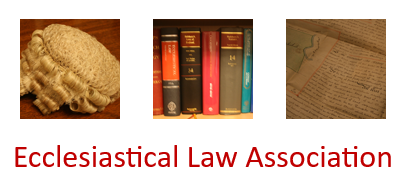This was an application for a faculty to install a stained glass window in the Grade II church in memory of the late husband of the church organist. The deceased had been a farmer, and the design (recommended by the Diocesan Advisory Committee) included "two doves and an owl, a small figure in silhouette, possibly sowing in a broadcast fashion, and a donkey and rabbit, with a tree in leaf and on the branches the words: ‘Lord make me an instrument of your peace, where there is hatred let me sow love’". The Church Buildings Council was of the opinion that this design would not sit well with the other stained glass windows, depicting single figures in a more traditional design. However, the Chancellor determined to grant a faculty. There was a memorial inscription on the proposed window. The Chancellor did not consider that he had to treat an application for a memorial window in the same way as an application for a memorial in church (i.e., the deceased had made some outstanding contribution to the life of the church, the community or the nation).

